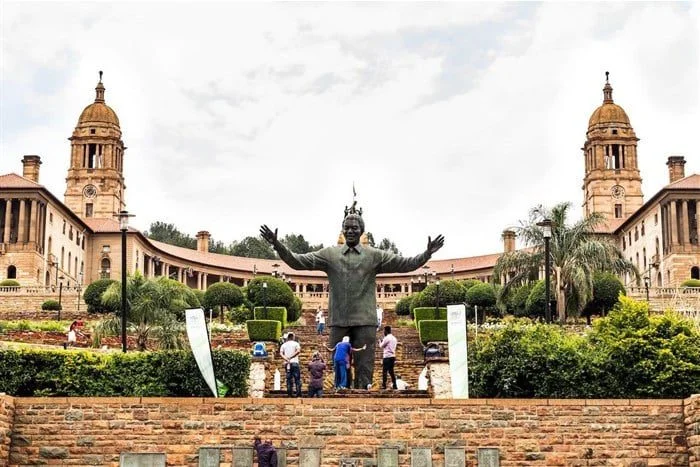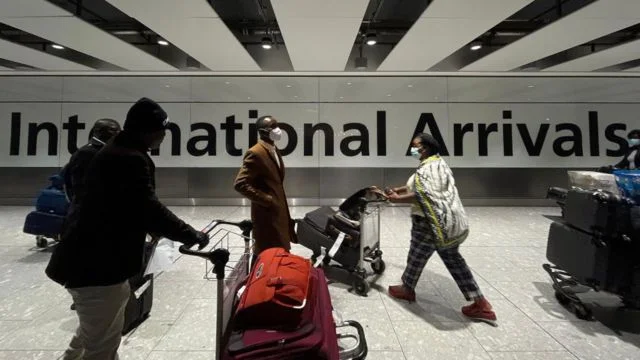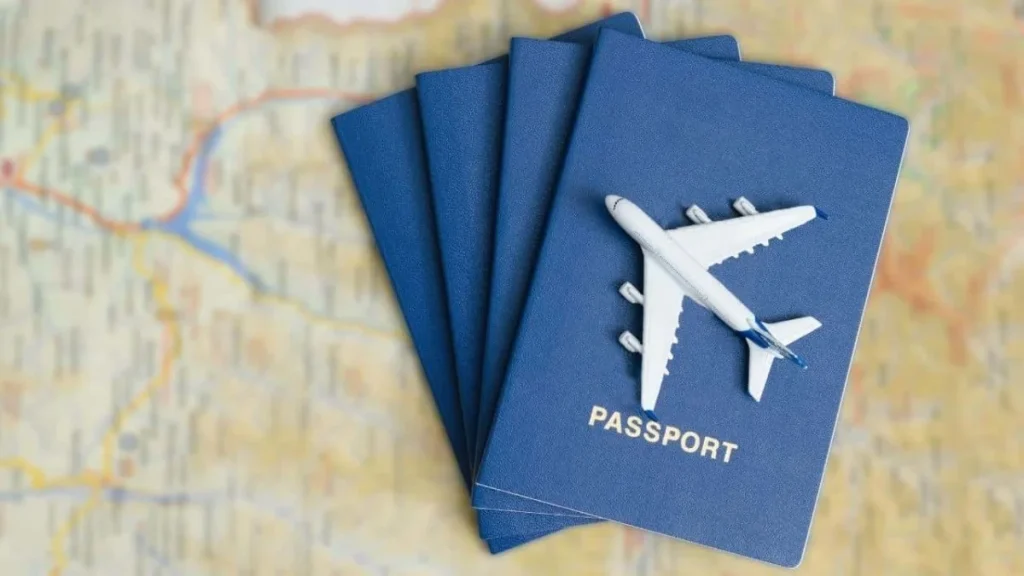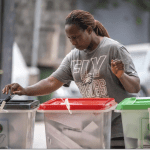Several important sites in South Africa, linked to the country’s long and painful anti-apartheid struggle, have recently been added to the UNESCO World Heritage List.
Apartheid, a system of enforced racial segregation, began in South Africa after World War II and lasted until the early 1990s. Its end was largely thanks to the efforts of activists like Nelson Mandela, who became the country’s first president after apartheid.
The newly recognized sites, collectively known as “Human Rights, Liberation Struggle and Reconciliation: Nelson Mandela Legacy Sites,” consist of fourteen locations across the country that highlight South Africa’s political history in the 20th century.
Among these sites is the Union Buildings in Pretoria, the official seat of the South African government. This location has hosted many significant events, including the inauguration of the first democratically elected president in 1994. A nine-meter-high bronze statue of Nelson Mandela stands at the foot of the buildings, unveiled the day after his funeral in late 2013.
Another notable site is Liliesleaf in Johannesburg, an important symbol of the struggle against apartheid. It served as a secret meeting place for political activists since the early days of the movement. In 1963, police raided Liliesleaf and arrested ten leaders, including the young Mandela, who were later sentenced to life in prison at the Rivonia Trial for sabotage. Today, Liliesleaf features exhibitions that narrate South Africa’s journey to democracy.
Tokyo Sexwale, an anti-apartheid activist and former prisoner alongside Mandela, is now on the board of Liliesleaf. He believes that including this site in the heritage list signifies global acknowledgment of South Africa’s long path to freedom. “It’s a major recognition from UNESCO, but more importantly, it represents human rights, social justice, and our struggle for self-determination,” Sexwale stated.
Liliesleaf is a popular destination for tourists eager to learn about apartheid and the fight against it. Tour guide Merle Jacobs emphasized, “This site tells the story of the resistance movement, which was crucial for the freedom of this country. That’s why I love working here; it honors those who fought for justice.”
Another guide, Tracey Rapelego, noted that many visitors are curious about Mandela’s time in hiding and the secret meetings that took place there.
American tourist Anita Lichtenberg shared her insights, stating, “I’m interested in civil rights history in the U.S., and learning about South Africa’s experience has been eye-opening. It’s fascinating to see the similarities and differences in our struggles.”
Other South African sites recognized as UNESCO World Heritage sites include Constitutional Hill, which houses the country’s highest court, the Sharpeville Heritage Precinct, and Walter Sisulu Square.
President Cyril Ramaphosa has welcomed the addition of these sites to the UNESCO list and has urged the public to help protect and preserve them for future generations. This recognition not only honors South Africa’s history but also reinforces the ongoing commitment to human rights and social justice.























